What Are The Different Types Of Aggregates & Their Uses?
There’s no doubt about it – aggregates are the foundation of any building or DIY project. Not only are they a key ingredient in concrete and screed, they are also essential for sub-bases, but plastering, rendering, drainage systems, and surfaces – not to mention they also look mighty good as a decorative touch for a garden.
In this article, we’ll take you through some aggregate key players, exploring how they can help your project get off the ground. So, why not have a butcher’s?
10mm Shingle
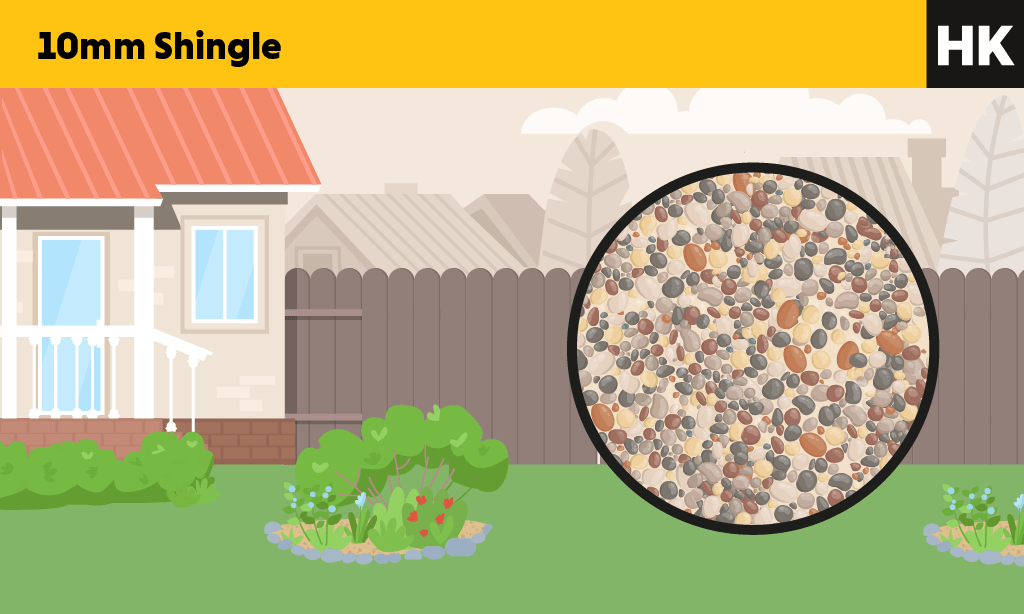
Characteristics: Also called pea gravel, 10mm shingle stones are small and colourful, so they can give your garden a bit of pizzazz. It can also be used for more practical applications, such as drainage, as water can easily move through the gaps.
What is it used for:
- Decorative outdoor landscaping
- Borders & flowerbeds
- Driveways & pathways
- Drainage, soakaways and pipe beds
20mm Shingle
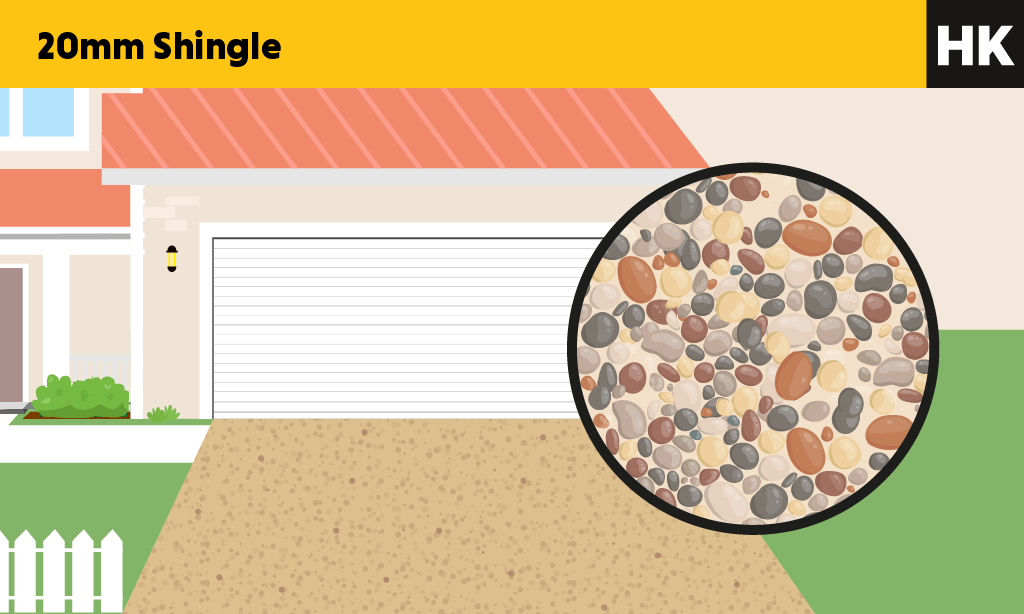
Characteristics: Slightly larger than pea gravel, 20mm shingle is great for driveways, bedding for large pipes or simply to combine it with cement to make concrete – ta da! Thanks to the larger gaps in between the stones, more water can fill the voids before it is saturated, making it a key player for drainage applications. It’s also less likely to scatter than 10mm, which is worth bearing in mind.
What is it used for:
- Bedding for large pipes
- Decorative outdoor landscaping e.g. flower beds
- Driveways
- Combined with cement to make concrete
Coarse Sharp Sand
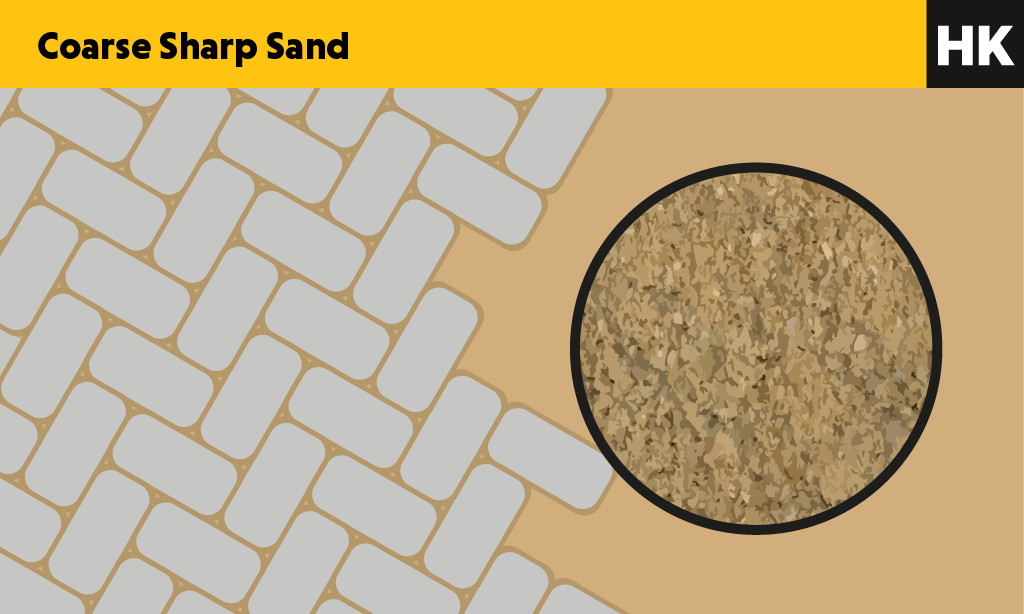
Characteristics: The clue’s in the name. This sand has coarse particles which are quite angular, sharp and heavier than other types.
What is it used for:
- Paving
- Driveways
- Block laying
- An ingredient of screed and concrete
Fine Sharp Sand
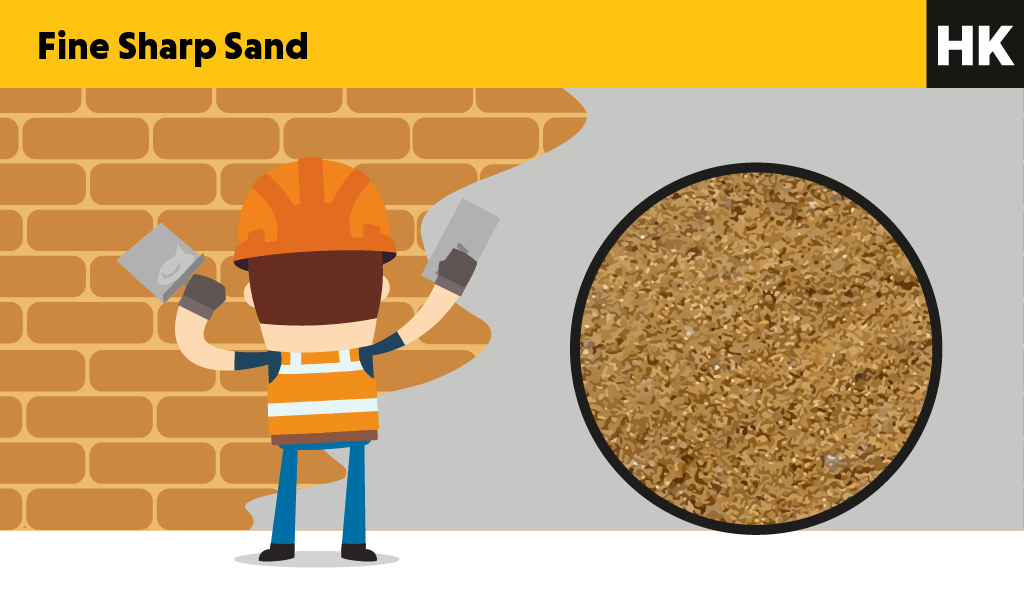
Characteristics: As it has a finer grain than its coarse counterpart, fine sharp sand is used in plastering and rendering where a smoother finish is required.
What is it used for:
- Plastering
- Rendering
- Pointing
- Dry-packing
Soft Sand
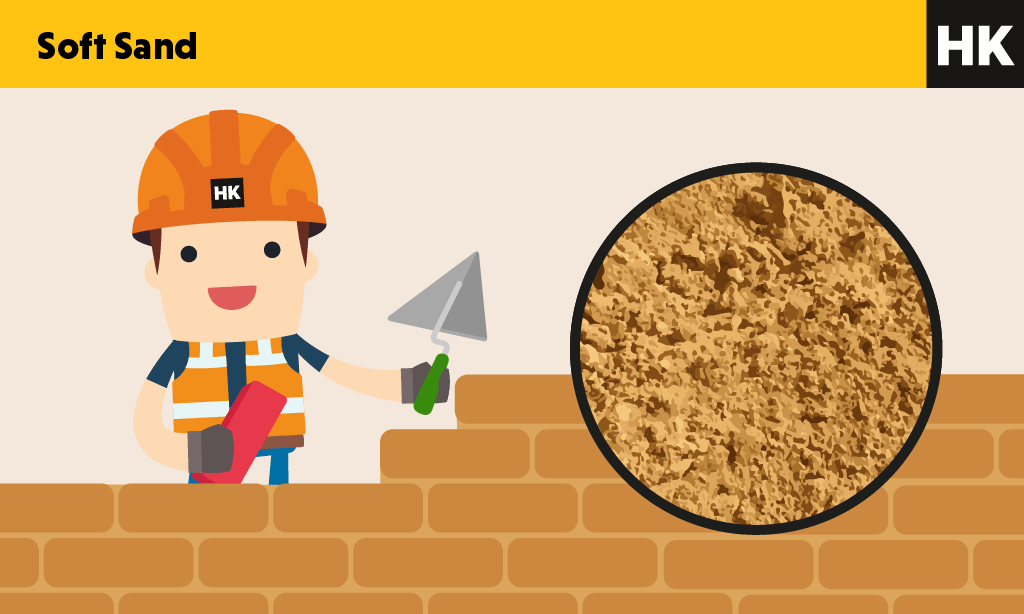
Characteristics: Also called building sand or bricklaying sand, this aggregate is very fine and looks like it’s come straight from the beach. Close up, the grains are also round and smooth – this makes it ideal for plastering and rendering, though it is most commonly used in brickwork.
What is it used for:
- Bricklaying and block work
- Pointing
- Plastering, rendering
- Landscaping/gardening
MOT Type 1
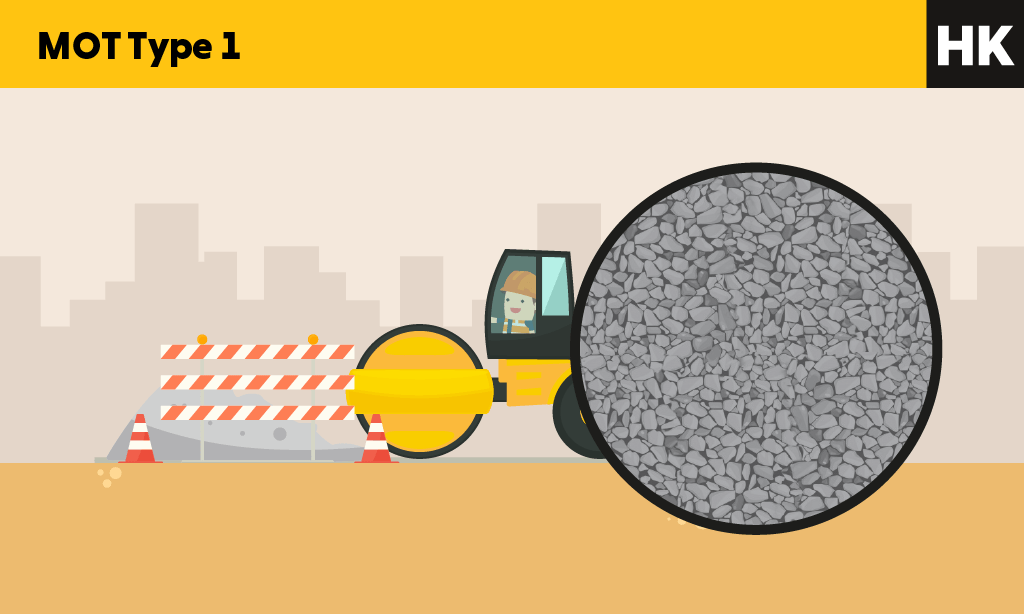
Characteristics: As a multi-purpose crushed aggregate, MOT Type 1 can be used for a variety of commercial and domestic applications. It consists of a combination of limestone, granite and concrete, and sometimes other types of stone. This variety means that there is a range of particle sizes present, ranging from fine dust to bigger and more granular size stones. This makes it a stable, load-bearing aggregate, perfect for sub-bases.
What is it used for:
- Sub-bases for driveways, patios, walkways, construction jobs etc.
- Trench fills and back fills
- High-traffic areas
Crushed Concrete

Characteristics: It is what it says on the tin – concrete that is crushed. Usually it is taken from recycled sources or collected from demolition sites or as excess from construction projects.
What is it used for:
- Strong sub-base
- Roads
- Car parks
Searching for some trusty aggregates for your next project? Here at Hitchcock & King, we’ve got your DIY and building supplies sorted, and can provide top quality aggregates for a variety of purposes. Just give us a ring and we’ll get cracking on your order – we serve a wide area of London and beyond.
